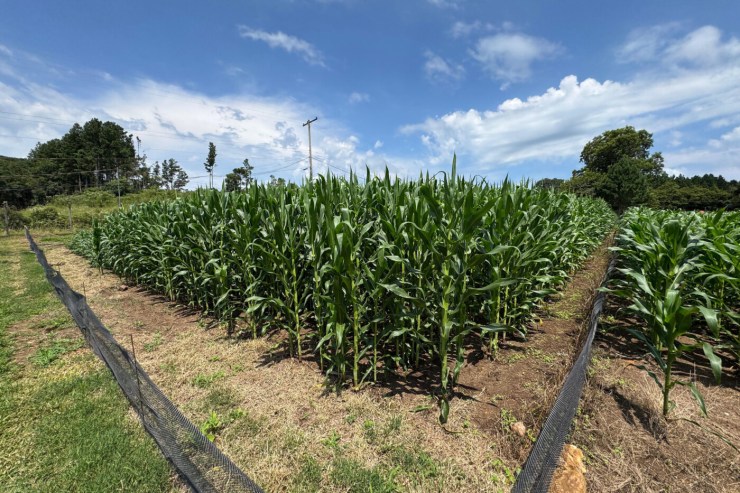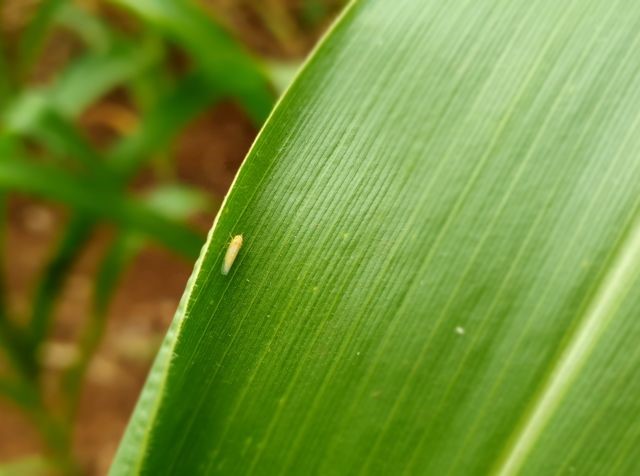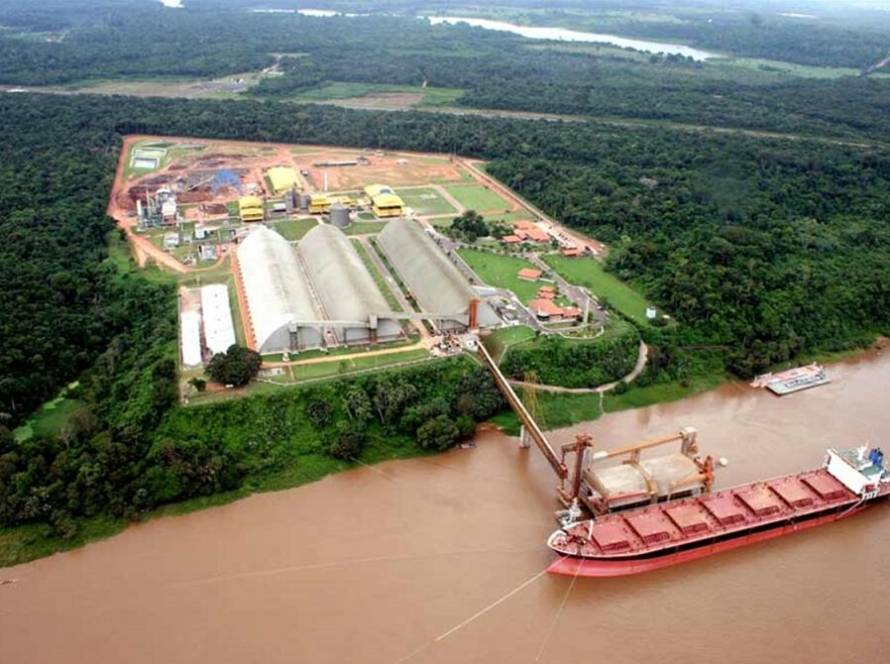Summer crops are beginning to fill Paraná's fields. Among those highlighted in the Weekly Agricultural Situation Bulletin, prepared by the Department of Rural Economy, are corn and potatoes. Soybean planting is still in its infancy, with emerging crops permitted only in Region 2, which encompasses the North, Northwest, Central-West, and West regions. In the other regions, the sanitary drought is in effect, and planting should be permitted throughout the month.
 Favorable weather conditions have enabled the first 2025/26 corn harvest to advance. Approximately 29,000 hectares have been planted so far, corresponding to 9% of the 314,000 projected for the harvest. The Ponta Grossa region, the main corn producer this season, with approximately 23% of the total area, or 72,200 hectares, is the largest producer of corn, with 21,000 hectares planted to date.
Favorable weather conditions have enabled the first 2025/26 corn harvest to advance. Approximately 29,000 hectares have been planted so far, corresponding to 9% of the 314,000 projected for the harvest. The Ponta Grossa region, the main corn producer this season, with approximately 23% of the total area, or 72,200 hectares, is the largest producer of corn, with 21,000 hectares planted to date.
The second largest corn region is Guarapuava, which accounts for 15% of the state's estimated total, representing approximately 47,600 hectares. The forecast is to harvest 3.2 million tons in this first cropping cycle.
Chicken
The Deral document also refers to Brazilian chicken exports from January to July of this year. Revenue grew by 0.91 TP4T, reaching US$1 TP5T of 5.472 billion. In 2024, the figure had reached US$1 TP5T of 5.425 billion. Quantity decreased from 2.975 million tons to 2.906 million, or a decrease of 2.31 TP4T.
In Paraná, there was a 5.7% drop in volume, falling from 1.262 million tons to 1.189 million. In revenue, the drop was 4%, falling from US$$ 2.272 billion to US$$ 2.181 billion in the first seven months of the year. The decline is mainly due to embargoes imposed by some countries due to the case of avian flu on a commercial farm, confirmed on May 15 in Montenegro, Rio Grande do Sul.
Cattle
Beef prices remained high in Brazil throughout August, closing the period with a gain of R$5.491. According to the Deral bulletin, the lower supply of animals sustained the increase. The month ended with the arroba traded at R$310.50 per arroba, according to the Center for Advanced Studies in Applied Economics (Cepea-Esalq/USP).
Exports are strong in the foreign market. In July, the sector registered a record 310,000 tons shipped. Domestically, consumers face tougher conditions. In August, according to a Deral survey, only boneless rump, which fell on average from R$ 53.45 to R$ 52.50, and bone-in sirloin (from R$ 45.88 to R$ 43.37) saw declines. Other cuts saw increases between 1.7% and 4.3%.





